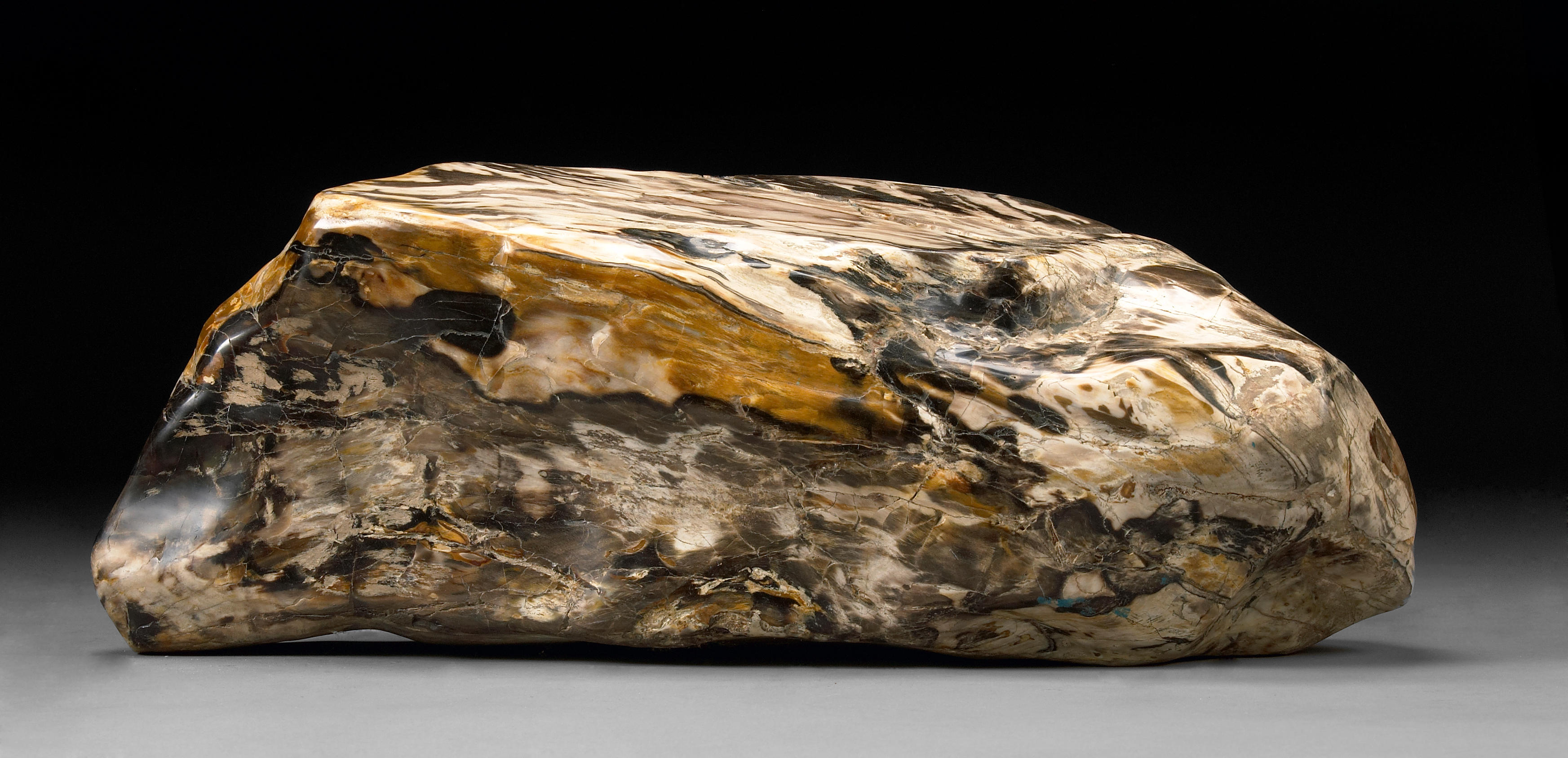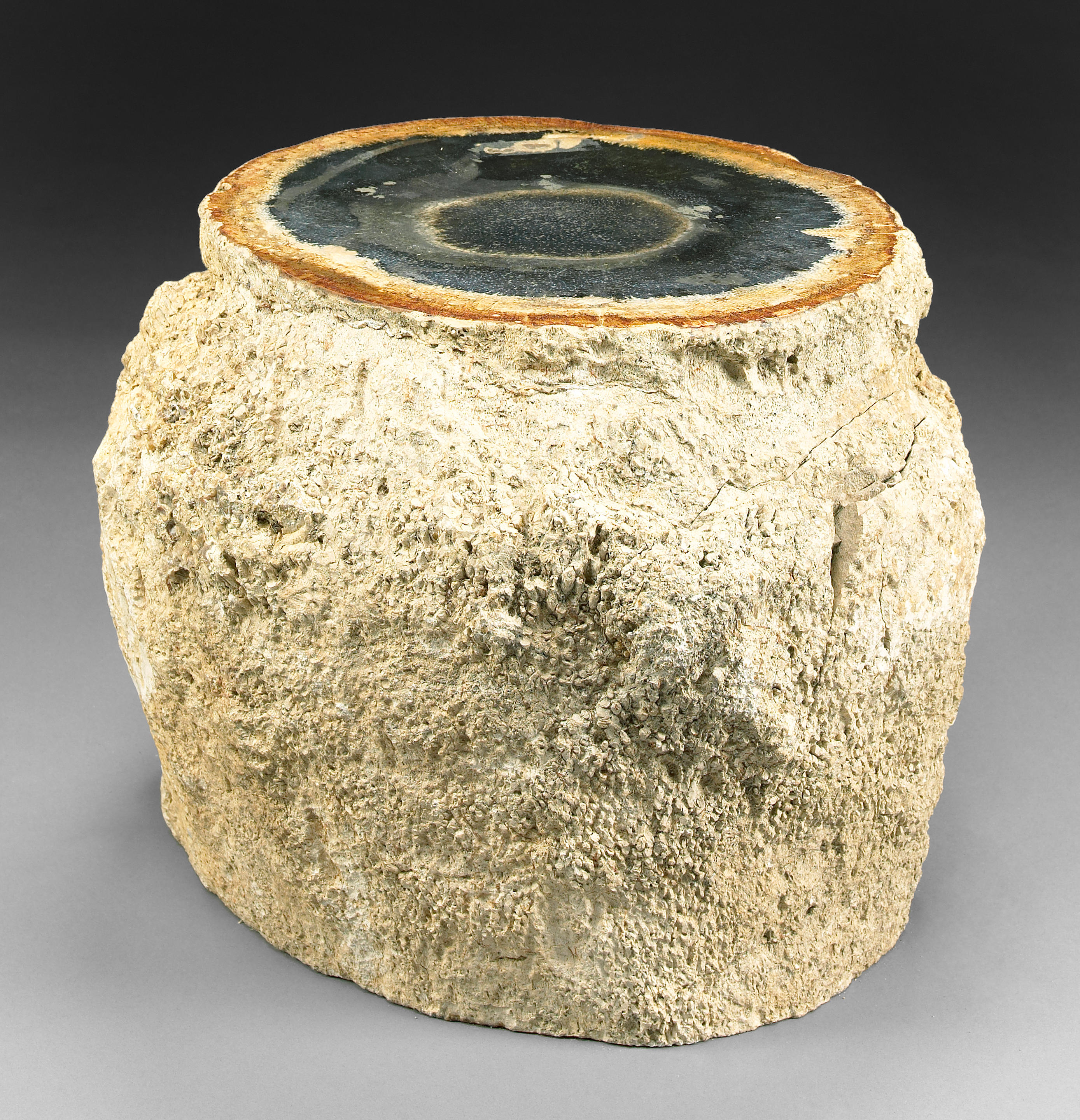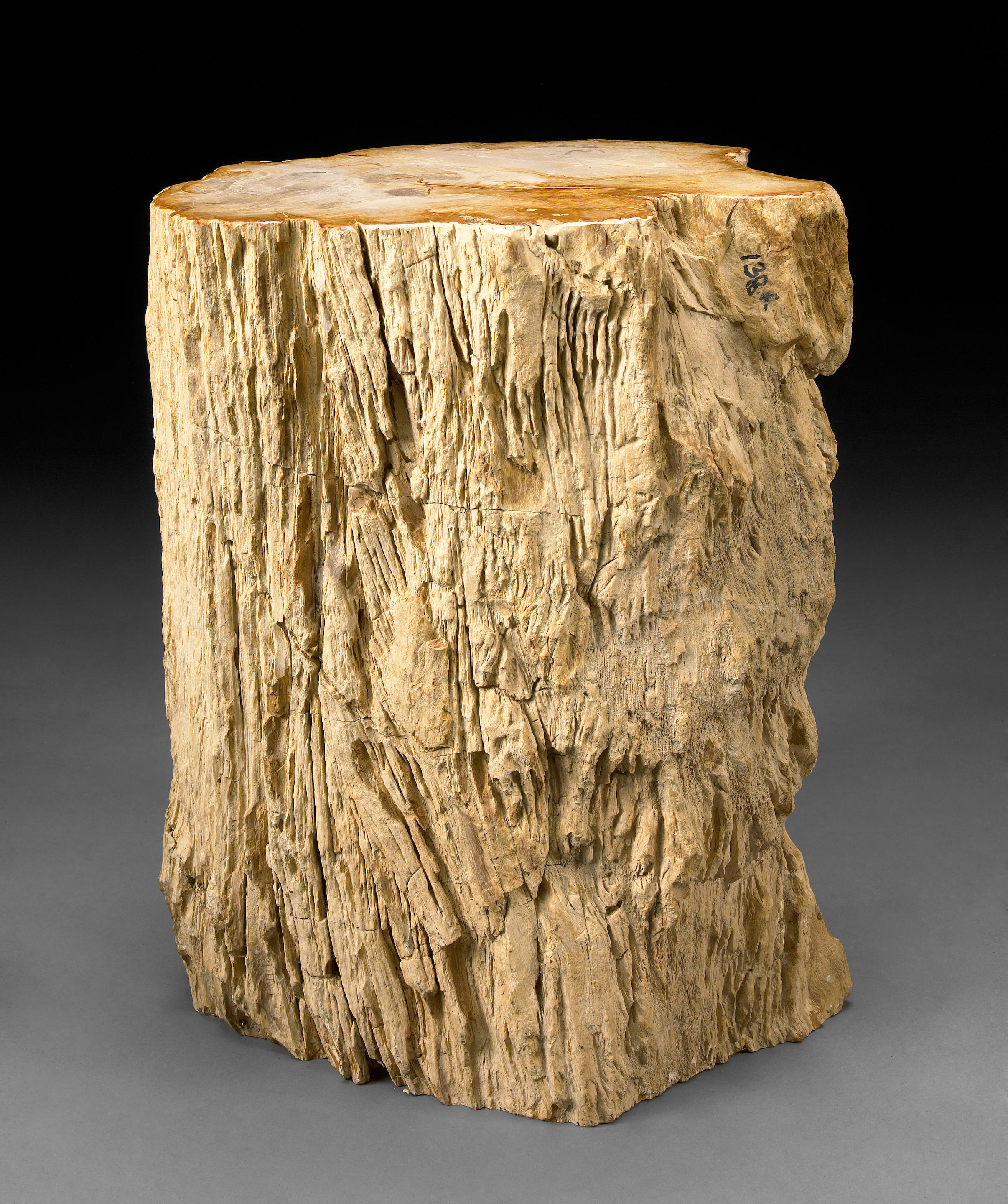Ursus spelaeus Pleistocene Russia Contemporaries of prehistoric humans, cave bears inhabited Europe, Eastern Europe and parts of Asia until they became extinct at the end of the last Ice Age. Paleontological evidence indicates that Ursus spelaeus existed almost exclusively in Europe from approximately 300,000 to 10,000 years ago. As shown by the archaeological record, many cave sites reveal signs of competition between these fearsome creatures and humans, as the two species battled for shelter for thousands of years. Evidence shows that both Neanderthals and Cro-Magnons hunted cave bears. In fact, scientists deduce that the demise of the cave bear may have been, in part, due to human hunting. Judging by its skeletal structure and depictions on cave walls by Ice Age humans, Ursus spelaeus resembled a modern brown bear or grizzly bear at first glance. But the prehistoric species was much larger on average and displayed a more domed head and a higher forehead profile. The body displayed a relatively long neck on a barrel-shaped torso, with limbs rather short but very powerful as compared to those of the living brown bear. The feet were armed with powerful claws that were relatively short compared to those of today’s brown bear. The present specimen, standing almost nine feet, is mounted in a standing, threatening posture appropriate for a species which competed with early humans for cave space. Measures 8 feet 9in
Ursus spelaeus Pleistocene Russia Contemporaries of prehistoric humans, cave bears inhabited Europe, Eastern Europe and parts of Asia until they became extinct at the end of the last Ice Age. Paleontological evidence indicates that Ursus spelaeus existed almost exclusively in Europe from approximately 300,000 to 10,000 years ago. As shown by the archaeological record, many cave sites reveal signs of competition between these fearsome creatures and humans, as the two species battled for shelter for thousands of years. Evidence shows that both Neanderthals and Cro-Magnons hunted cave bears. In fact, scientists deduce that the demise of the cave bear may have been, in part, due to human hunting. Judging by its skeletal structure and depictions on cave walls by Ice Age humans, Ursus spelaeus resembled a modern brown bear or grizzly bear at first glance. But the prehistoric species was much larger on average and displayed a more domed head and a higher forehead profile. The body displayed a relatively long neck on a barrel-shaped torso, with limbs rather short but very powerful as compared to those of the living brown bear. The feet were armed with powerful claws that were relatively short compared to those of today’s brown bear. The present specimen, standing almost nine feet, is mounted in a standing, threatening posture appropriate for a species which competed with early humans for cave space. Measures 8 feet 9in















Testen Sie LotSearch und seine Premium-Features 7 Tage - ohne Kosten!
Lassen Sie sich automatisch über neue Objekte in kommenden Auktionen benachrichtigen.
Suchauftrag anlegen